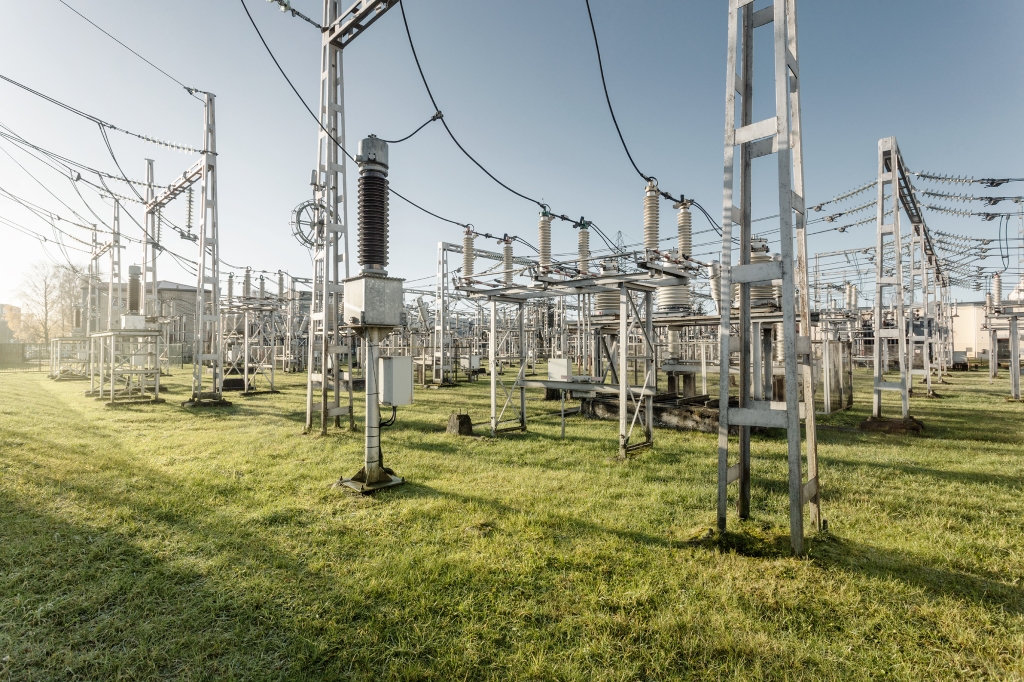JSC Augstsprieguma tīkls is building the electricity balancing market, which will create new investment and business opportunities for energy companies
 By 2025, in cooperation with Estonian and Lithuanian transmission system operators, the Latvian electricity transmission system operator JSC Augstsprieguma tīkls (AST) is going to implement a regional market where operators will buy the balancing reserves required for the operation of the electricity transmission system. The transmission system operators of the Baltic States have drafted and published a Baltic balancing market development roadmap and the regulations of the balancing reserve capacity market. These are currently in the process of public consultation and any interested parties are invited to submit their opinions.
By 2025, in cooperation with Estonian and Lithuanian transmission system operators, the Latvian electricity transmission system operator JSC Augstsprieguma tīkls (AST) is going to implement a regional market where operators will buy the balancing reserves required for the operation of the electricity transmission system. The transmission system operators of the Baltic States have drafted and published a Baltic balancing market development roadmap and the regulations of the balancing reserve capacity market. These are currently in the process of public consultation and any interested parties are invited to submit their opinions.
"Over the next years, the amount of balancing reserves required by transmission system operators will increase in order to ensure reliable operation of the power system after the planned synchronization of the Baltic power system with the European power system in 2025 and in order to enable the connection of a large amount of wind and solar power plants to the power system. A regional balancing reserve market is being created to expand the range of balancing reserve suppliers, increase competition and create favourable conditions for new investments in the balancing reserve infrastructure", explains Gatis Junghāns, member of the board of AST.
Currently, steady frequency is maintained centrally from the Russian power system. In the meantime, after synchronization with the European power system, the Baltic power transmission system operators will have to independently ensure the frequency regulation and continuous and accurate balancing of electricity consumption and supply. It is further expected that ensuring the electricity balance will require additional use of balancing reserves, along with the connection of a rapidly increasing number of wind and solar power plants to the power grid.
The Baltic transmission system operators estimate that the amount of balancing reserves to be purchased will double in 2025 and triple by 2030 in comparison with the amount of balancing reserves currently maintained in the Baltic power system. The forecast of balancing reserves required in the Baltic states for the period from 2024 to 2031 is available on the AST website.
It is estimated that the types of balancing reserves required by transmission system operators are also going to become more varied. Currently, in order to ensure the balancing of the power system, the Baltic transmission system operators are buying balancing reserves, which, where required, are activated manually by human intervention with an activation speed of up to 15 minutes. After the synchronization of the Baltic energy system with the European power grid, more accurate and faster balancing of the Baltic energy system will be required. For this purpose, transmission system operators will need additional types of balancing reserves – faster, automatically controlled frequency stabilization reserves with an activation speed of up to 30 seconds and frequency restoration reserves with an activation speed of 5 minutes.
The key changes are planned for the beginning of 2025, when the Baltic transmission system operators will have to provide frequency restoration reserves with automatic and manual activation in accordance with the requirements of the European power system. The estimated required frequency restoration reserves with automatic activation in 2025 will be approximately 134 MW for upward balancing and 134 MW for downward balancing. Meanwhile, frequency restoration reserves with manual activation will require approximately 677 MW for upward balancing and 568 MW for downward balancing. Along with synchronization, frequency stabilization reserves with an estimated capacity of 25 MW will also be provided.
Joint assessment of the adequacy of balancing resources by Baltic transmission system operators in 2021 indicates a possible risk of a deficit of balancing reserves as early as in 2025. Therefore, as a temporary solution until all required balancing reserves are guaranteed to be available on the market, the Baltic transmission system operators intend to use their resources for partial provision of the necessary balancing reserves in the Baltics. Initially, the transmission system operators plan to maintain approximately 20% of the total amount of the required balancing reserves with their own infrastructure, then gradually reduce their participation and switch to purchasing all reserves in the market.
Link to the Baltic balancing market creation roadmap: https://www.ast.lv/en/events/updated-baltic-balancing-roadmap
Link to the forecast of required balancing reserves in the Baltics: https://www.ast.lv/en/events/baltic-lfc-block-frr-dimensioning-forecast-2024-2031
Link to the Baltic balancing reserve market regulations proposal: https://www.ast.lv/en/events/baltic-tsos-launch-public-consultation-baltic-balancing-capacity-market-proposal
